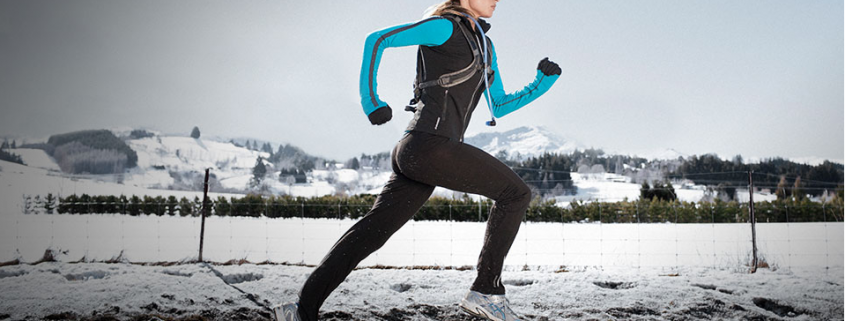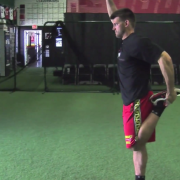
4 Tips for Protecting Your Joints This Winter
It’s that time of year again, winter weather is back bringing holiday greetings and frosty temperatures. But cooler months can also bring achy, swelling pain that takes a toll on your joints.
According to The National Institute of Health, change in weather has a direct impact on the pressure in your joints. When barometric pressure drops, the tissues around your joints expand, putting more pressure on your joints, which triggers swelling and stiffness. That’s why many people say they can predict the weather just by the pain in their joints.
Don’t let the winter weather stop you from staying active this season. Follow these 4 tips to stay active and pain free this winter:
START SMALL
If you’re going to exercise, start with small warm-ups to reduce the pressure put on joints before you head out. Low impact warm-ups such as yoga or walking are not only easier on joints, but they also enhance your mobility and range of motion.
BUNDLE UP
If running is your go-to outdoor exercise, staying layered is crucial to protecting yourself from hypothermia and troublesome joint pain.
- Start by choosing a base layer that is soft, comfortable and tight fitting. This will help regulate your body temperature by moving sweat away from your skin.
- The second layer helps insulate the body in order to trap and retain heat. Be sure to find a layer that maximizes warmth and comfort, without unnecessary bulk.
- Consider the final layer a shield against harsh winds, rain, and snow. Don’t rely on this layer for warmth, as the base layer is what secures body heat.
STAY HYDRATED
According to a study from the National Center for Biotechnology Information, dehydration can make the body more sensitive to pain. Keep in mind that you must match your hydration with the amount of exercise you are doing. After more than an hour, add electrolytes and carbohydrates to increase your fluid intake.
Doctors also recommend drinking warm or room temperature liquids, as the body absorbs them more quickly than cold drinks. When exercising in frigid temperatures, warmer liquids are also essential to optimizing internal temperatures.
EAT SMARTER
If you’re exercising outside, it is important to load up on foods full of Omega-3 Fatty Acids, Vitamin C and Vitamin K. The Omega-3 acids in foods such as salmon and nuts are known to curb inflammation and stop joint pain in its tracks. To up your Vitamin K intake, think green. Foods like spinach, kale, cabbage and more are crucial to soothing pain. Don’t be afraid to add color with Vitamin C rich foods such as red peppers, oranges, papayas, and broccoli. These foods are known to reduce cartilage loss that causes joint pain and stiffness.













